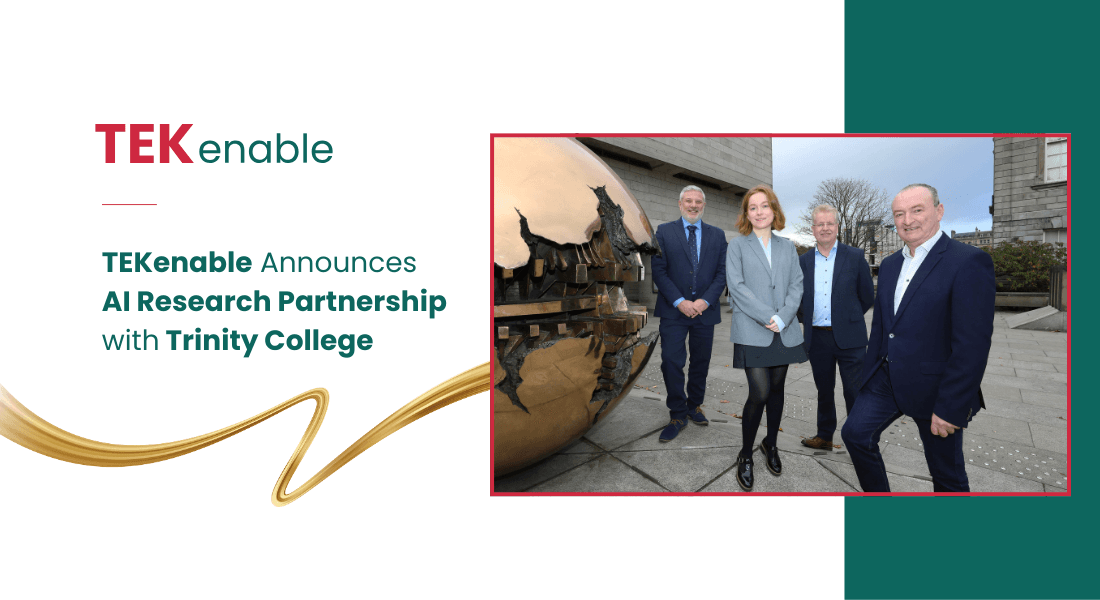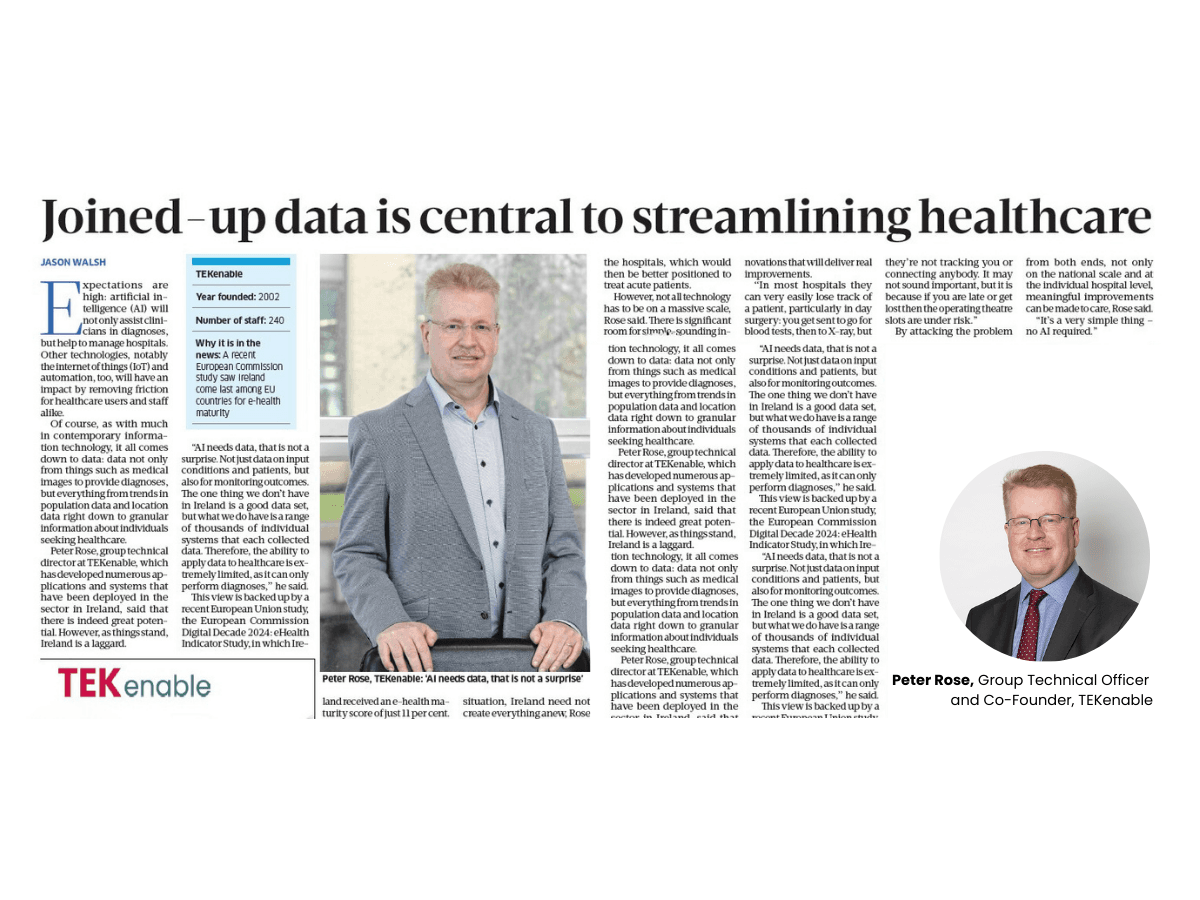Generative AI has captured the world’s imagination, but other forms are also leading a shift in industrial production.
Peter Rose, Group Chief Technical Director, TEKenable: ‘I am not a fan of building a big data warehouse, loading it with all available data and then looking for hidden patterns, that is a high-risk, high-cost approach’.
2024 has a good claim to being the year of artificial intelligence (AI). Just over a year after the launch of ChatGPT 3.5, generative AI, which is to say AI systems that generate new material, are everywhere. From Microsoft’s Copilots to Google Gemini, AI is being deployed in the here and now, performing a range of tasks from search to text synthesis and image and even video generation.
AI is not a new technology, though, and however exciting the possibilities of generative AI, it would be a mistake to overlook other forms of AI, such as machine learning (ML).
ML is the field of AI that focuses on prediction using algorithms and statistical models that enable computers to perform tasks without explicit instructions, instead relying on patterns and inference to offer conclusions.
But has ML been overshadowed by recent discourse around generative AI and its apparently magical ability to create new data?
Peter Rose, group technical officer, of TEKenable, which provides solutions and develops software for a range of industries, said no. While it was easy to get this impression, he said, businesses, particularly in manufacturing, well understood the value of ML.
In fact, he said, generative AI’s rise has had the paradoxical, but welcome, effect of demystifying ML.
“In the press and online yes, 100 per cent, but a strange side effect is that generative AI has made ML look less bleeding-edge and intimidating. Instead, it now seems more mainstream and normal. The tooling around ML has improved as well making it more accessible to a wider set of possible builders,” he said.
The source of truth
One question frequently posed about ML is, how can a business best prepare its data for statistical analyses. After all, bad data results in mistaken conclusions, and many businesses and other organisations are now struggling under the weight of their own, often siloed, data.
However, this is the wrong question, Rose said. Instead, businesses need to start by understanding what data analysis they wish to do and the impact it will have on their business if they do it.
“Once that is understood then you look to see if the data exists to support the analysis, collect it if it does not, and quality check it if it does,” he said.
Rose said that it was crucial to be vigilant for all forms of potential bias in that data and, then, ideally centralise it for ease of access using tools such as Microsoft Fabric.
The goal should be to use data to the benefit of organisational objectives, not to see if a giant blob of business information can be transformed into something akin to the Oracle at Delphi.
“Then, run the analysis and gain the business benefit. I am not a fan of building a big data warehouse, loading it with all available data and then looking for hidden patterns, that is a high-risk, high-cost approach,” he said.
Adding Artificial Intelligence and ML into the mix is likely to further accelerate this change – and it will do more than just support predictive maintenance or offer cost savings
In manufacturing environments, TEKenable has worked with AI and ML technology in a range of applications, most typically in relation to live sensor data and the so-called industrial internet of things (IoT).
“Outside of generative AI, which is supporting the back-office and product development processes in manufacturing, AI tends to be highly-coupled to the maturity of IoT implantation, factory automation in general, and the back-office systems’ capabilities to generate optimised production schedules and so on. AI cannot reach its potential in the absence of some or all other of these elements,” Rose said.
Much has been said in recent years about the promise of a ‘fourth industrial revolution’ and manufacturing renaissance.
Indeed, adoption of IoT and collaborative robotics ‘also known as ‘cobots’’, and even additive manufacturing, which is widely used in prototyping, have seen the sector transformed in just a few short years.
However, adding Artificial Intelligence and ML into the mix is likely to further accelerate this change – and it will do more than just support predictive maintenance or offer cost savings.
The tasks that manufacturers are using Artificial Intelligence for run the gamut, Rose said, from conception to production and beyond.
“AI has a role in things including production scheduling, material availability and supply chain, load- and delivery-optimisation, activity automation and buyer interaction. These are all areas that are on the rise,” he said.
The above text was reproduced from the interview published in BusinessPost on April 19th, 2024.





